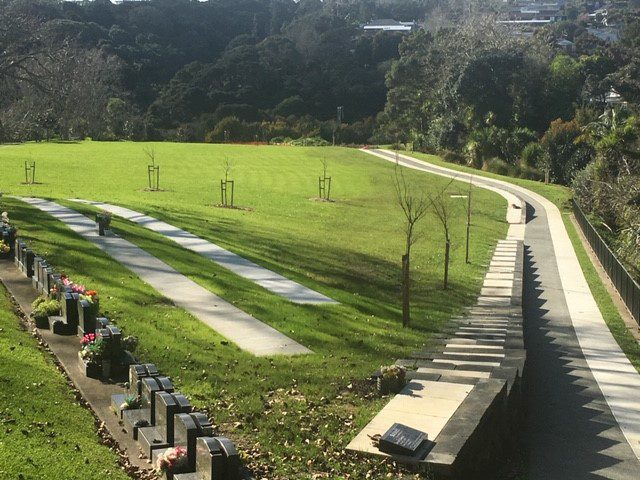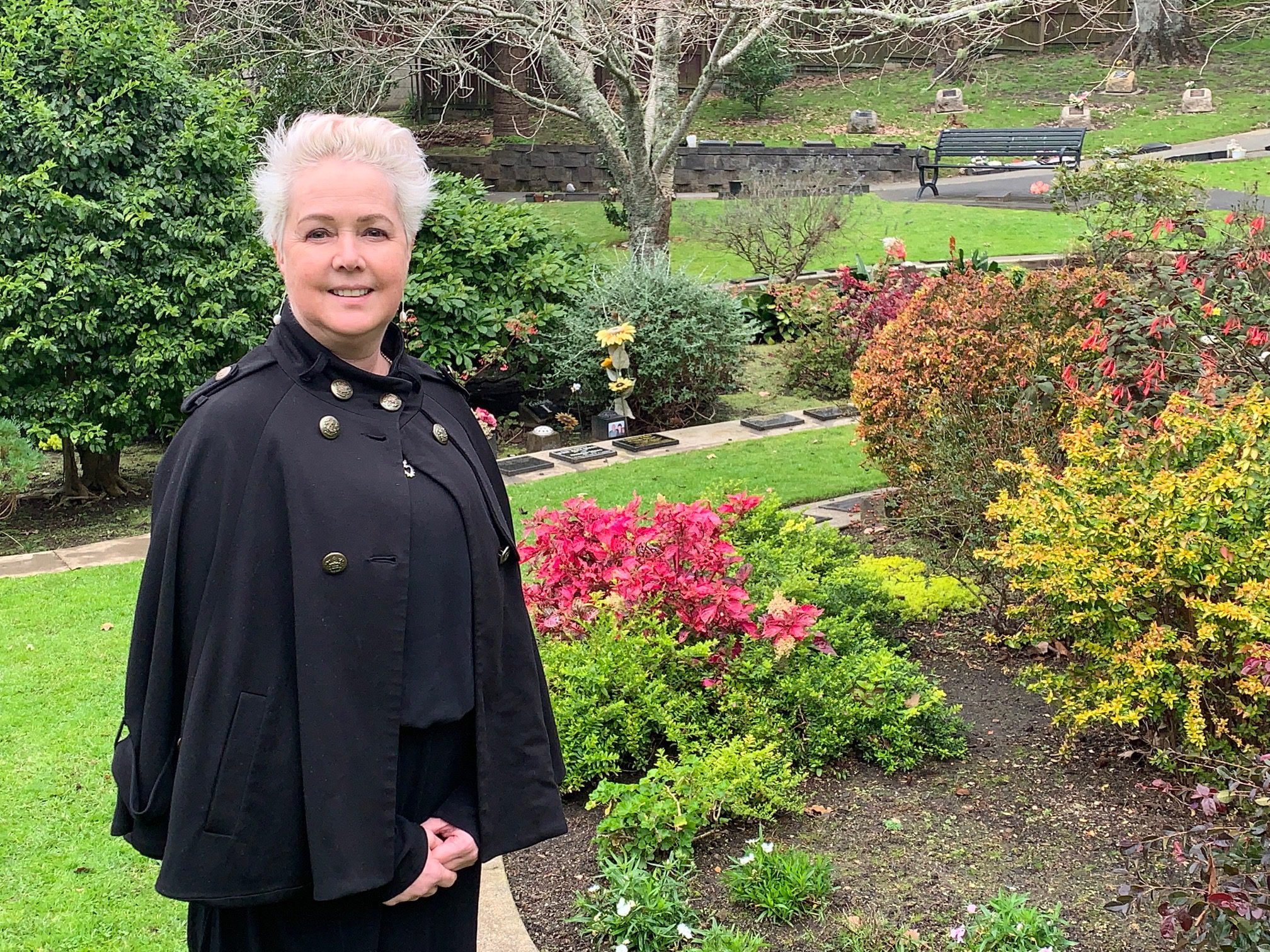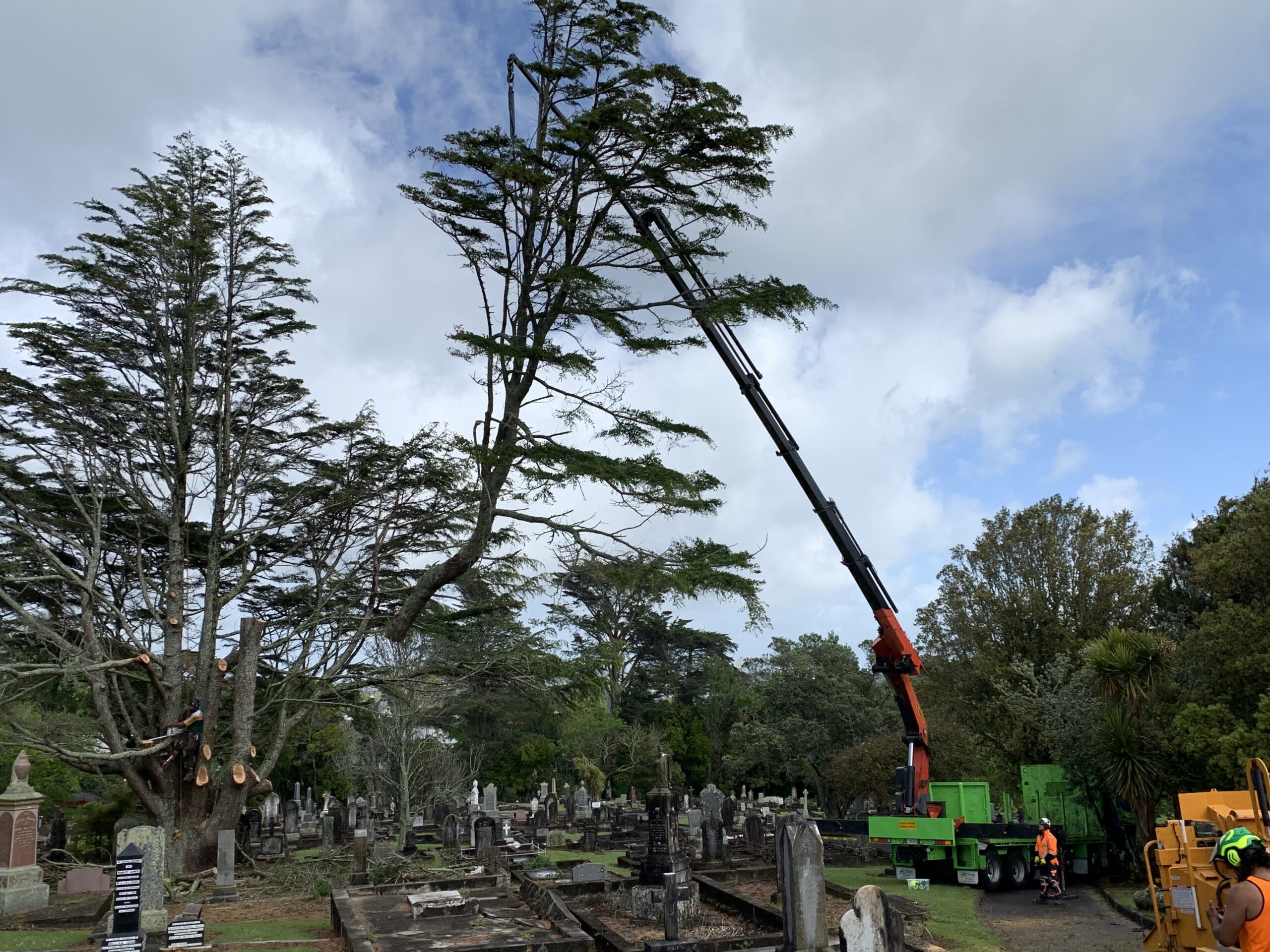Young Musicians, Young Love
Elgar was 25 years old when he fell in love with Helen. Both were young and passionate musicians, part of Worcester England’s vibrant music-making community. It seems they were inseparable, for when Helen went to study at the Leipzig Conservatory, Elgar followed soon after. They were engaged there in 1883, but soon went their separate ways. The composer spoke of his profound sadness, and Helen was en route to New Zealand.
Kiwi Passage
The reason for her journey seems to have been a diagnosis of tuberculosis. That was not unusual at the time. In fact, thousands of Britons immigrated to New Zealand in the late 19th century in hope of a cure. Apparently it worked. Helen lived an active life in Auckland for five years, frequently listed as a musician in local concerts. And then, in 1890, she met and married a successful banker, John Munro. They had two children, Kenneth and Joyce.
But what of Elgar? He too married, and with the active support of his wife, Alice, he developed his talent as a composer.
His great break-out composition was the Enigma Variations, first performed in 1899. Its variations carry dedications to his friends, except for the thirteenth, which is simply marked by three stars and the designation – “Romanza” (romance). It’s music tells the story of love and a sea voyage, with the timpani rhythmically struck by two coins, mimicking the sounds of a ship’s engines…
There’s much more to the story, as Helen’s life will again connect with Elgar’s to inspire his anguished and beautiful concerto for the cello. For the rest of that story, please enjoy the video below.
With gratitude to Cora Weaver, author of a book about Helen and Elgar (available here) and to Charlie Hadfield, who took on the task of restoring Helen’s grave and placing a memorial plaque there.
Special thanks to Annie Goldson and Occasional Productions for use of clips from their film, Elgar’s Enigma: Biography of a Concerto (2006).



